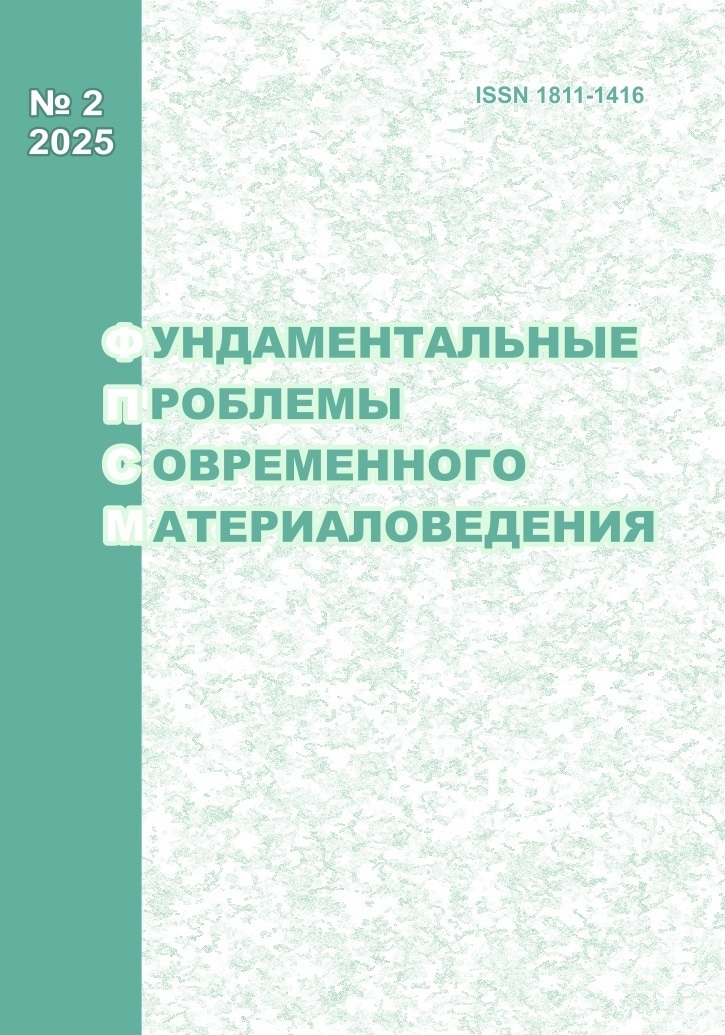THE IMPACT OF LASER ABLATION DURING THE CREATION OF ANTIREFLECTION MICROSTRUCTURES ON THE SURFACE COMPOSITION AND PROPERTIES OF OPTICAL ELEMENTS OF LiGaSe2 AND LiGaS2 CRYSTALS
10.25712/ASTU.1811-1416.2025.02.005
Keywords:
lithium selenogallate LiGaSe2, lithium thiogallate LiGaS2, nonlinear optical crystals, antireflection microstructures (ARM), femtosecond laser ablation, optical element surface, transmission spectra, absorption, Raman spectroscopy, crystal annealingAbstract
The creation of antireflection microstructures (ARM) on the surface of optical elements made of chalcogenide crystals makes it possible to significantly increase their transmission. However, a surface with microstructures may be subject to processes that cause excessive absorption at certain wavelengths. This effect is typical for lithium selenogallate and thiogallate, promising nonlinear optical materials for mid-IR. For these materials, strong absorption appears in the spectra near 3 and 6 microns. This paper presents the results of a comprehensive study of changes in the surface of LiGaSe2 and LiGaS2 crystals after femtosecond laser ablation, and describes a technique for reducing excess absorption by annealing optical elements with microstructures in a special atmosphere. It was found that LiGaSe2 has an excessive amount of selenium on the surface with ARM, while LiGaS2 is characterized by a predominance of gallium compounds. Unlike LiGaSe2 crystals, a dense "plaque" forms on the modified surface with microstructures of LiGaS2. It was experimentally shown that annealing of optical elements LiGaSe2, LiGaS2 with ARM makes it possible to eliminate absorption at wavelengths of 3 and 6 microns.











 Journal «Fundamental’nye problemy sovremennogo materialovedenia / Basic Problems of Material Science»
Journal «Fundamental’nye problemy sovremennogo materialovedenia / Basic Problems of Material Science» This work is licensed under a
This work is licensed under a 
